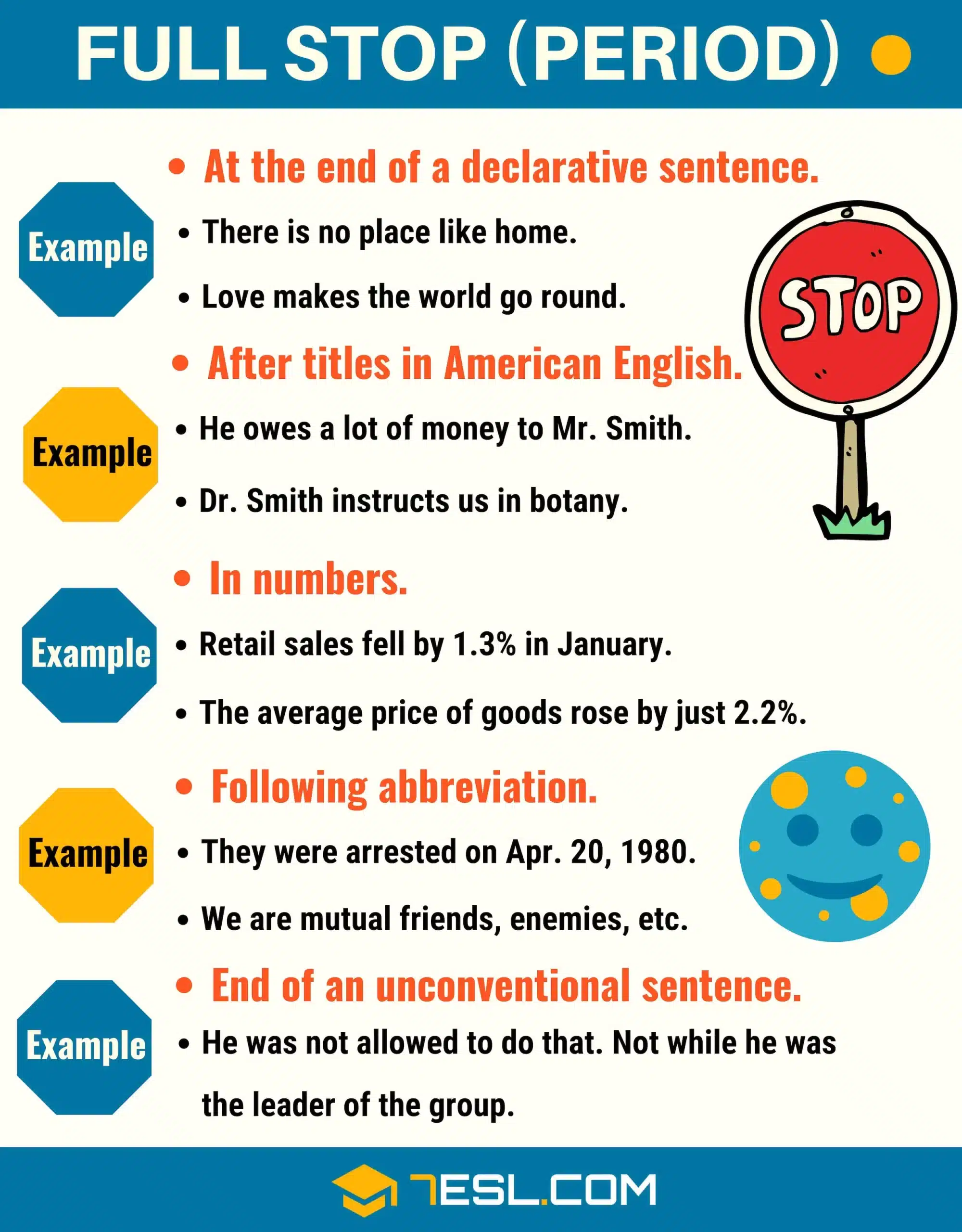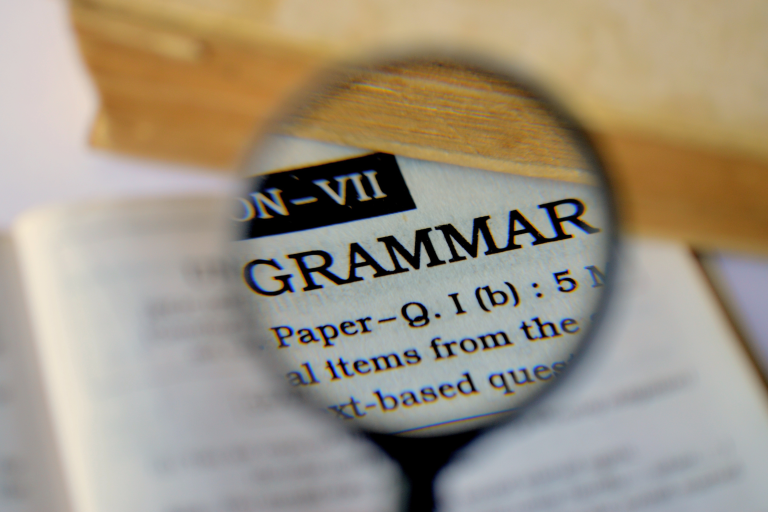What is Full Stop Punctuation and When to Use It?
As a writer, you must always ensure that your message is conveyed clearly, accurately, and effectively. Punctuation marks are essential tools that can be used to achieve this goal.
One of the most crucial punctuation marks is the full stop punctuation, also known as the period. In this article, we will discuss what full stop punctuation is and when to use it.
What is Full Stop Punctuation?
A full stop punctuation or a period is a punctuation mark that indicates the end of a sentence. It is a small dot placed at the end of a sentence to signify a complete thought or statement. In writing, the full stop punctuation is one of the most commonly used and critical punctuation marks, as it helps readers to understand the author’s intended message.
When to Use Full Stop Punctuation?
1. At the end of a declarative sentence
A declarative sentence is a type of sentence that makes a statement or provides information. It usually ends with a full stop, and the first letter of the first word in the sentence is capitalized. For instance, “The sun is shining brightly today.”
2. At the end of an imperative sentence
An imperative sentence is a type of sentence that gives a command or a request. It usually ends with a full stop. For instance, “Please close the door on your way out.”
3. At the end of an indirect question
An indirect question is a sentence that reports a question as a statement. It usually ends with a full stop. For instance, “She asked me if I had seen the movie.”
4. When abbreviating titles and acronyms
Full stop punctuation should be used to indicate the end of an abbreviation. For example, “Mr. John Smith” or “NASA.”
5. At the end of a sentence in a list
If you have a list of items, each item should end with a full stop. For instance: “The following items are required for the experiment: test tubes, beakers, pipettes, and a Bunsen burner.”
6. To create emphasis
Sometimes, a writer may use a full stop to provide emphasis on an idea or point. For instance, “I am done. I am not doing this again.”

Importance of Full Stop Punctuation
The full stop punctuation is crucial for several reasons. Firstly, it provides clarity to the reader as they read through a piece of text. When full stops are absent, it can create confusion, and the reader may not understand where one sentence ends and another begins. Secondly, full stops aid in comprehension, as they signal that a full thought has been expressed, and the reader can pause and process the information before continuing.
Full stop punctuation also helps to create a rhythm and flow in writing. A well-placed full stop can make the difference between a sentence that feels choppy and one that flows smoothly. Additionally, in academic writing, full stop punctuation is critical, as it can alter the meaning of a sentence. For instance, a missing full stop after a citation can cause it to appear as if the cited author supports a statement or idea that they do not.
Furthermore, full stop punctuation can affect the tone of writing. A sentence that ends with a full stop creates a definite and final feeling, whereas a sentence that ends with a comma may leave the reader anticipating more information. Thus, full stops can be used deliberately to create a specific tone or convey a particular message.
Common Errors with Full Stop Punctuation
Despite its importance, full stop punctuation can be misused or omitted entirely. Here are some of the common mistakes made with full stop punctuation:
1. Fragmented Sentences: A fragmented sentence is a sentence that lacks a subject or a verb, therefore, not expressing a complete thought. Some writers mistakenly end them with a full stop. For example, “Late for class again.” This is a sentence fragment, and since it has no subject or verb, it should not end with a full stop.
2. Missing Full Stop: It is common for writers to omit full stops, either because they forget to include them or believe that they are not necessary. However, this can make the text difficult to read, as the reader may struggle to distinguish between sentences. Thus, writers should ensure that they include a full stop at the end of each sentence.
3. Overuse: Full stops should be used judiciously and not excessively. An over-reliance on full stops can create writing that feels abrupt and choppy, and can be detrimental to the flow of text.
4. Incorrect Use: As noted above, full stops should only be used to indicate the end of a complete thought. Thus, they should not be used after abbreviations, titles, or headings.
Conclusion
Full stop punctuation is a fundamental element of writing that plays a significant role in communicating effectively and efficiently. It serves to create clarity and comprehension, gives rhythm and flow to writing, and alters the tone of text.
Therefore, it is essential for writers to understand the purpose and proper usage of full stop punctuation, to ensure that their writing is clear, concise, and effective. With practice, it becomes easy to use full stops correctly, and a writer who successfully uses them will create writing that is professional, polished, and easy to read.
Here at WriterArmy, our content writing services can play a crucial role in helping your business achieve its goals. From improving search engine rankings to building brand awareness, our content writing agency can help you produce high-quality, grammatically correct content that resonates with your audience and drives results. Feel free to book a discovery call with us if you would like to learn more.








